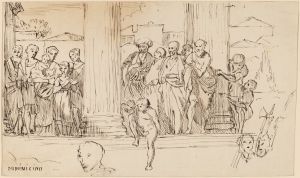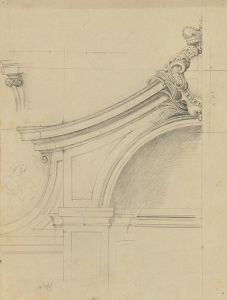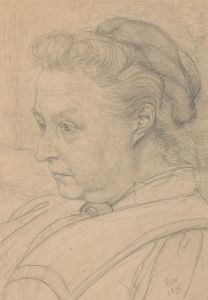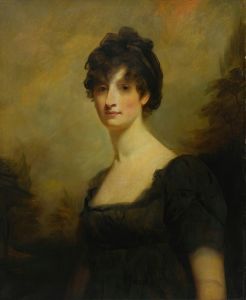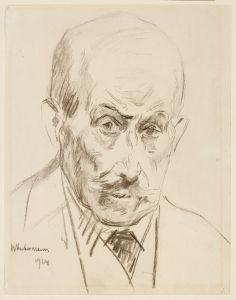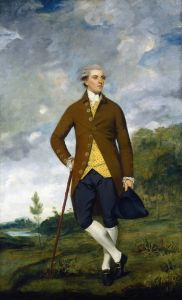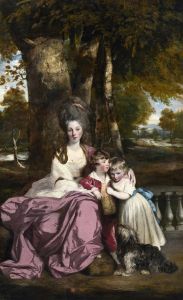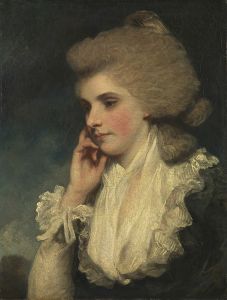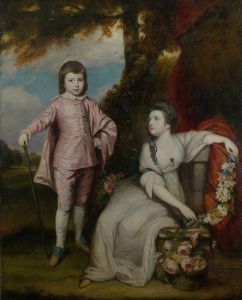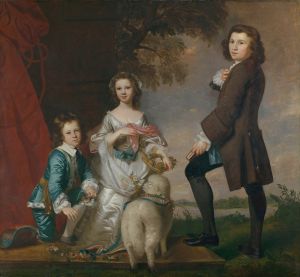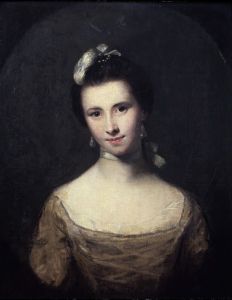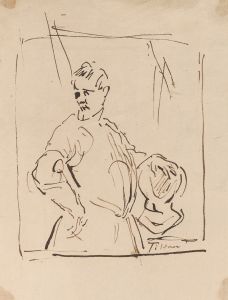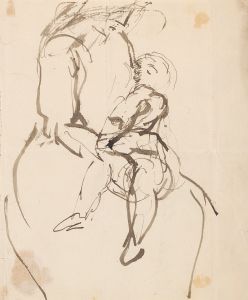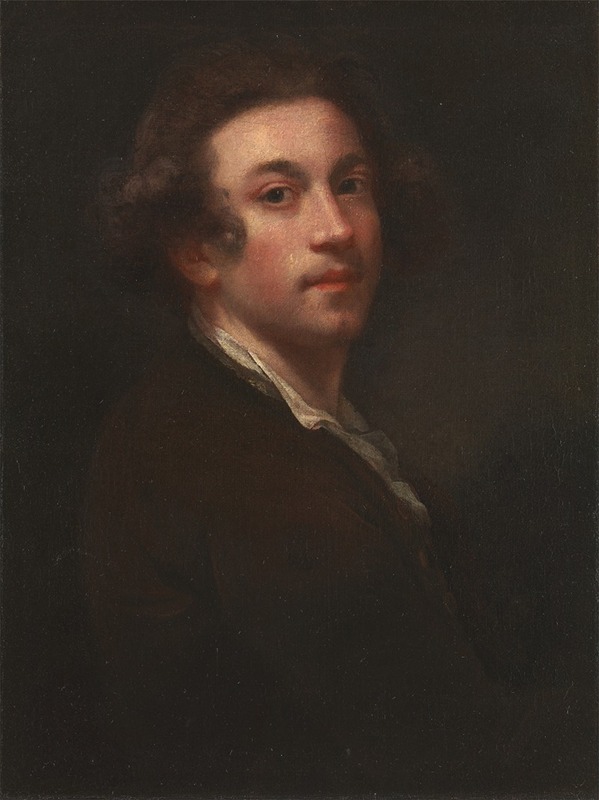
Self-Portrait
A hand-painted replica of Sir Joshua Reynolds’s masterpiece Self-Portrait, meticulously crafted by professional artists to capture the true essence of the original. Each piece is created with museum-quality canvas and rare mineral pigments, carefully painted by experienced artists with delicate brushstrokes and rich, layered colors to perfectly recreate the texture of the original artwork. Unlike machine-printed reproductions, this hand-painted version brings the painting to life, infused with the artist’s emotions and skill in every stroke. Whether for personal collection or home decoration, it instantly elevates the artistic atmosphere of any space.
Sir Joshua Reynolds, one of the most prominent portrait painters of 18th-century Britain, created several self-portraits during his career. These works provide valuable insight into his artistic style, personal identity, and the evolving role of the artist in society during the period. One of his notable self-portraits, titled Self-Portrait, is believed to have been painted around 1780. This painting is housed in the Royal Academy of Arts in London, an institution Reynolds helped to establish and where he served as the first president.
In this self-portrait, Reynolds presents himself as a confident and dignified figure, reflecting his status as a leading artist of his time. He is depicted wearing a dark coat and a white cravat, with his face illuminated against a shadowy background. The composition emphasizes his intellectual and professional identity, rather than focusing on elaborate clothing or accessories. This restrained and thoughtful presentation aligns with Reynolds's belief in the importance of portraying character and intellect in portraiture.
Reynolds's self-portraits often served as a means of self-promotion and a way to assert his position within the art world. By depicting himself in a manner that conveyed authority and refinement, he reinforced his reputation as a gentleman-artist, a concept that was gaining prominence during the 18th century. His self-portraits also reflect his engagement with the traditions of European art, as he drew inspiration from the works of Old Masters such as Rembrandt and Titian.
The Self-Portrait is notable for its technical skill and subtle use of color and light. Reynolds employed his characteristic technique of layering glazes to achieve a rich and luminous effect. However, some of his works, including this self-portrait, have suffered from the deterioration of materials over time, as Reynolds experimented with unconventional pigments and methods that were not always durable.
As a key figure in the development of British art, Reynolds's self-portraits remain significant not only as works of art but also as historical documents that shed light on the artist's life and the cultural context of his era. The Self-Portrait at the Royal Academy continues to be studied and admired for its artistic and historical value.





